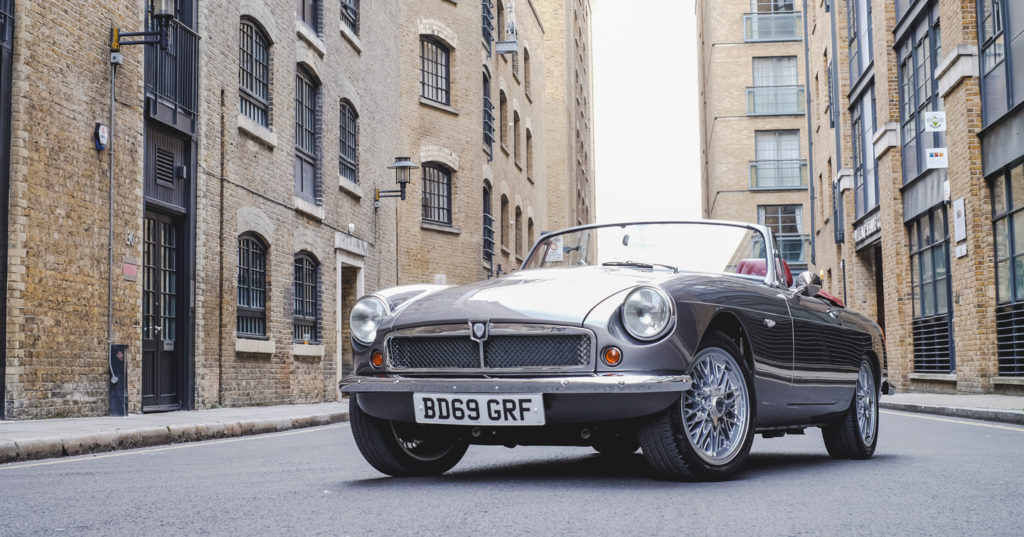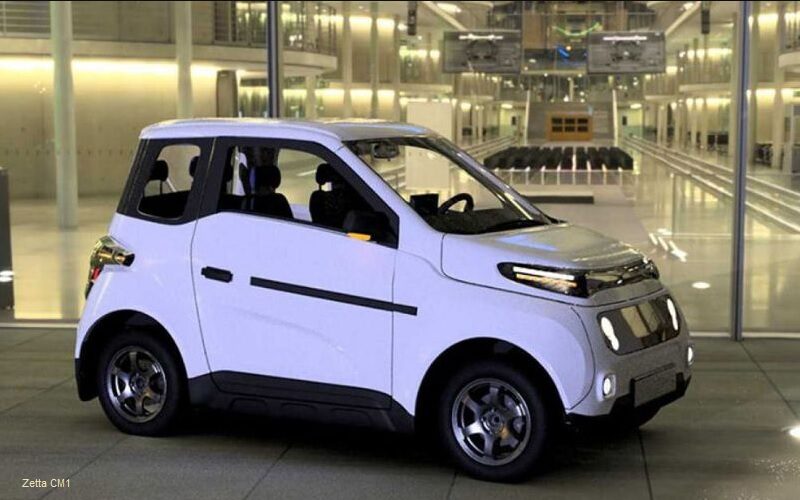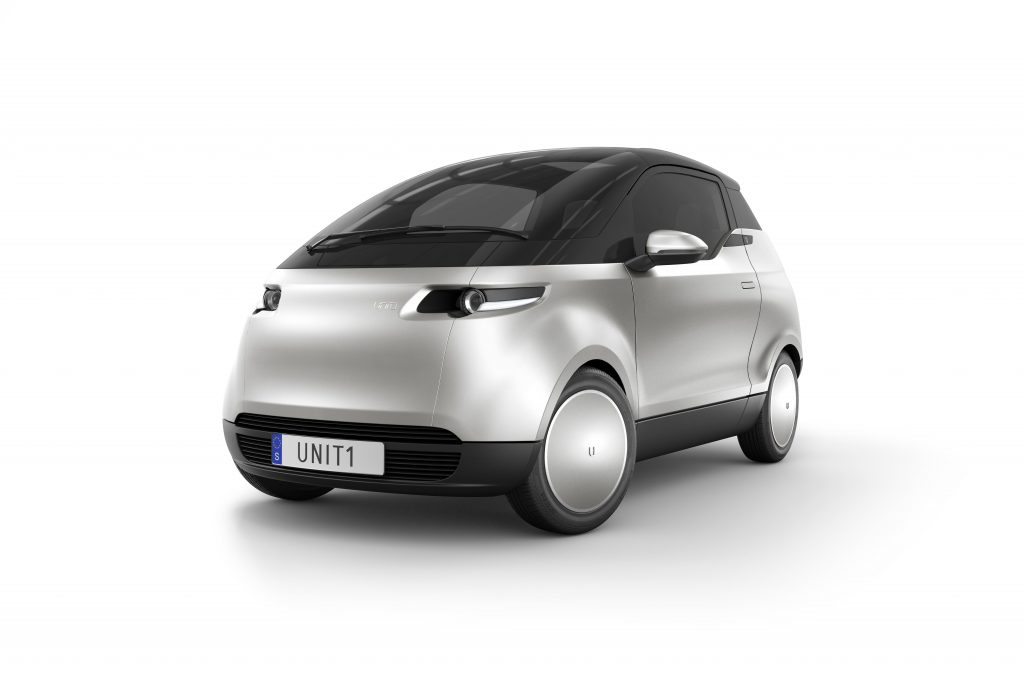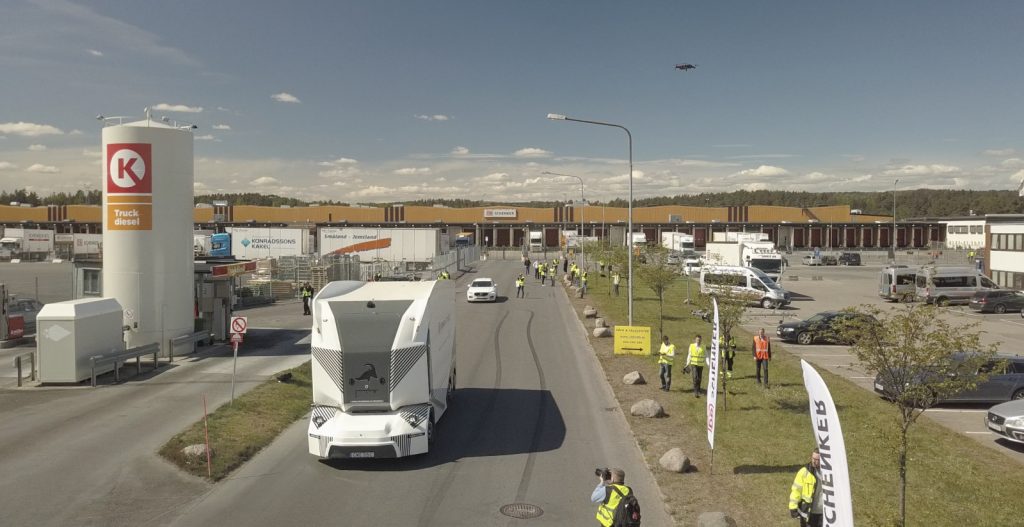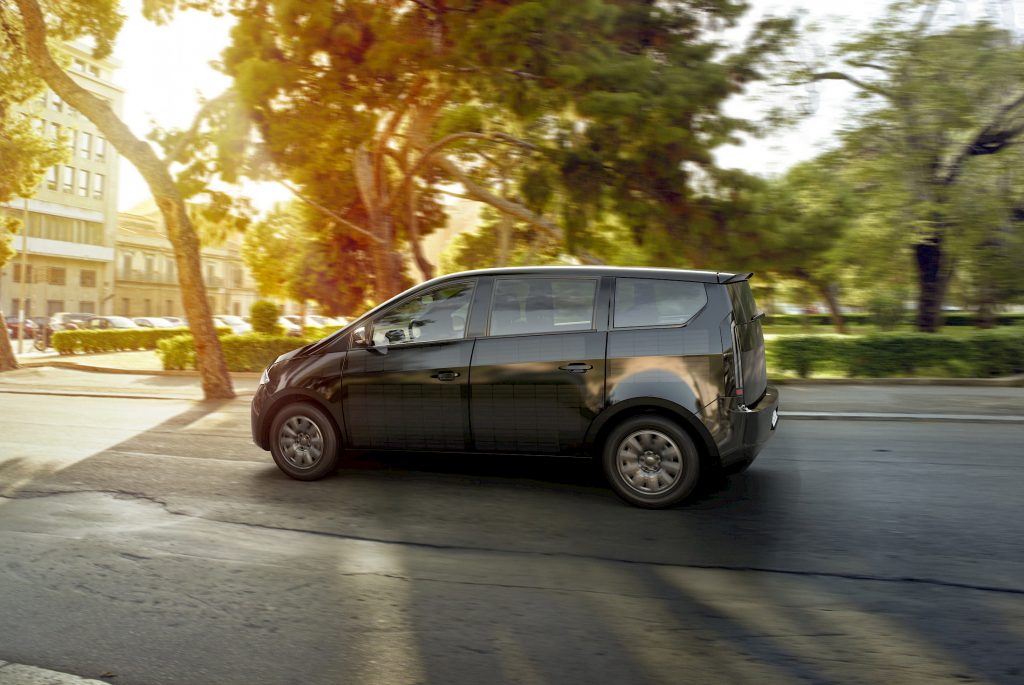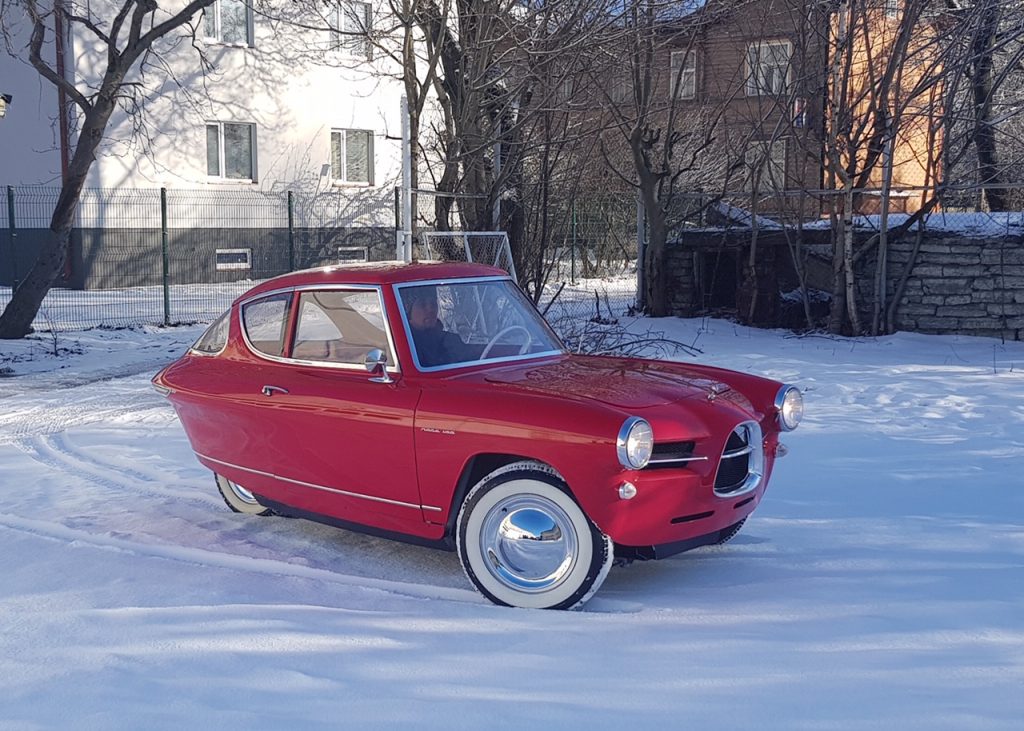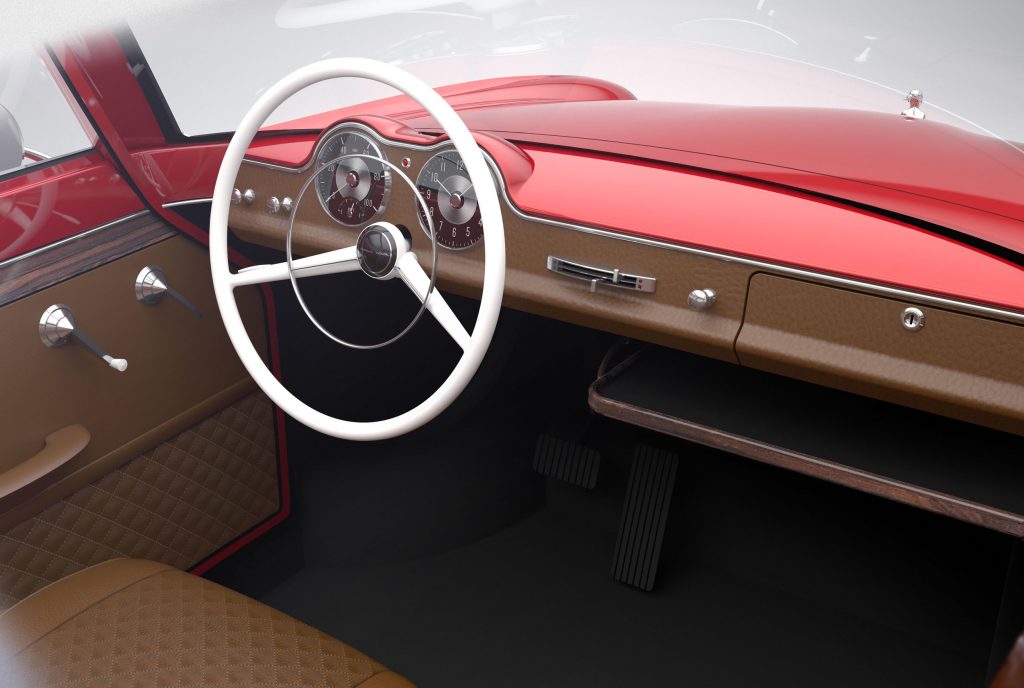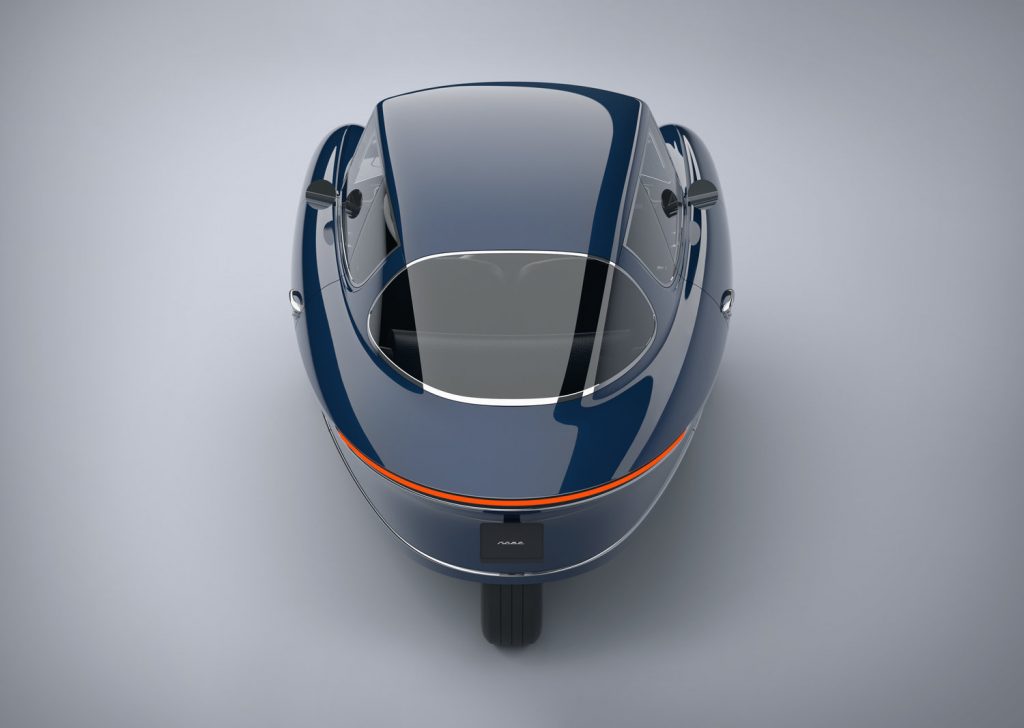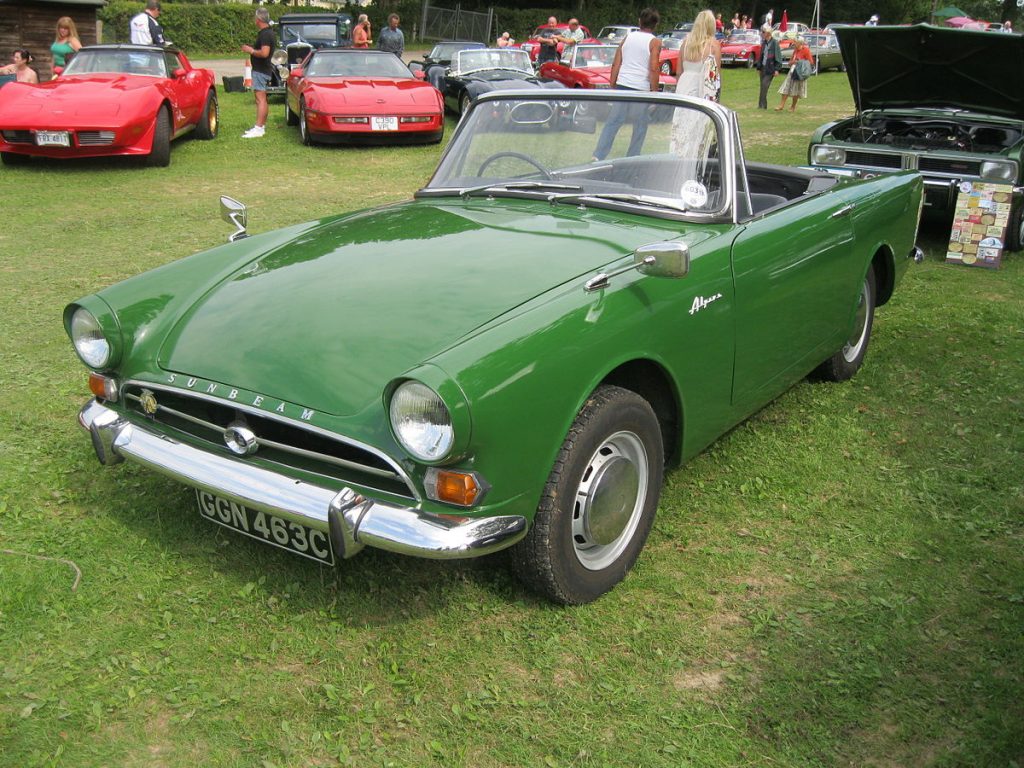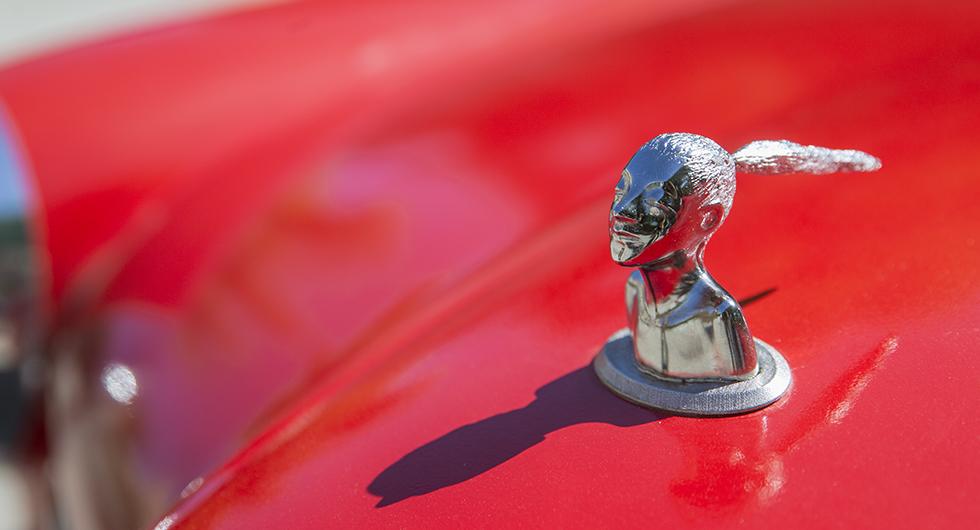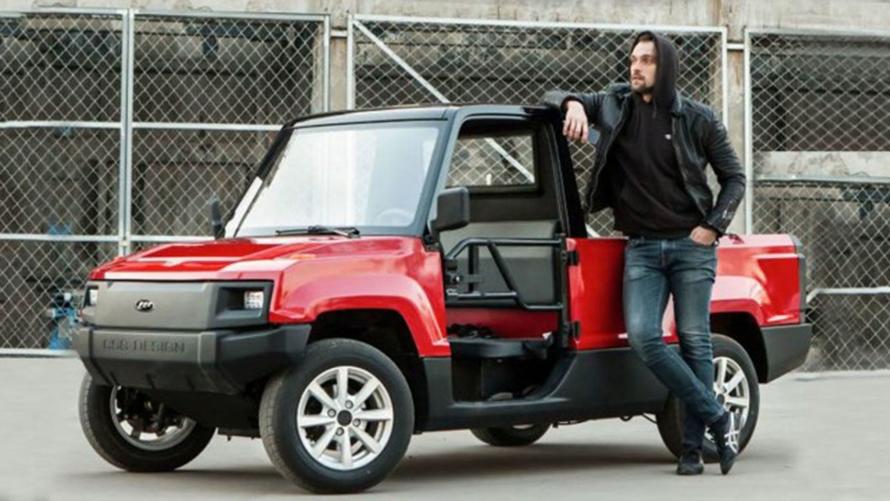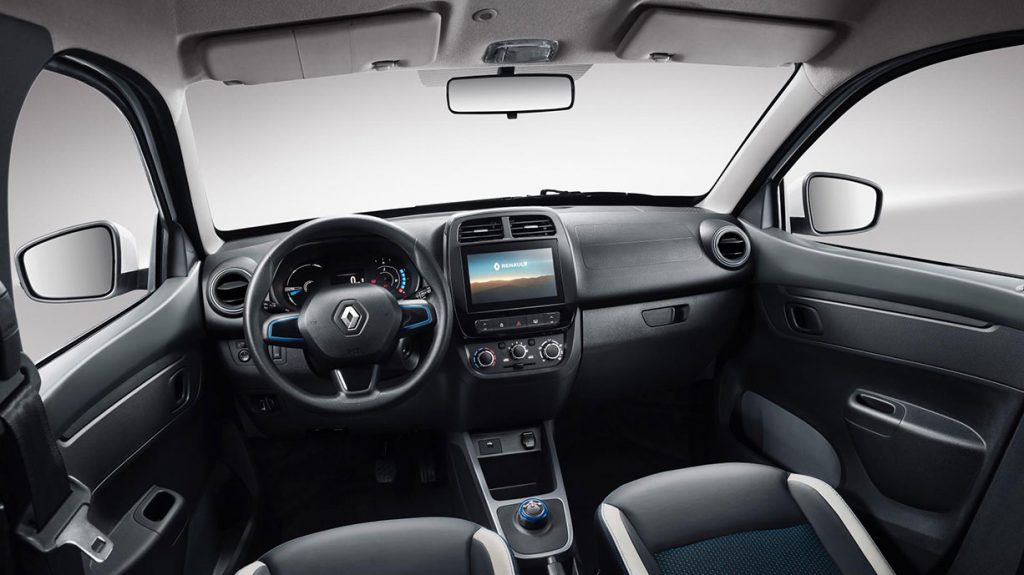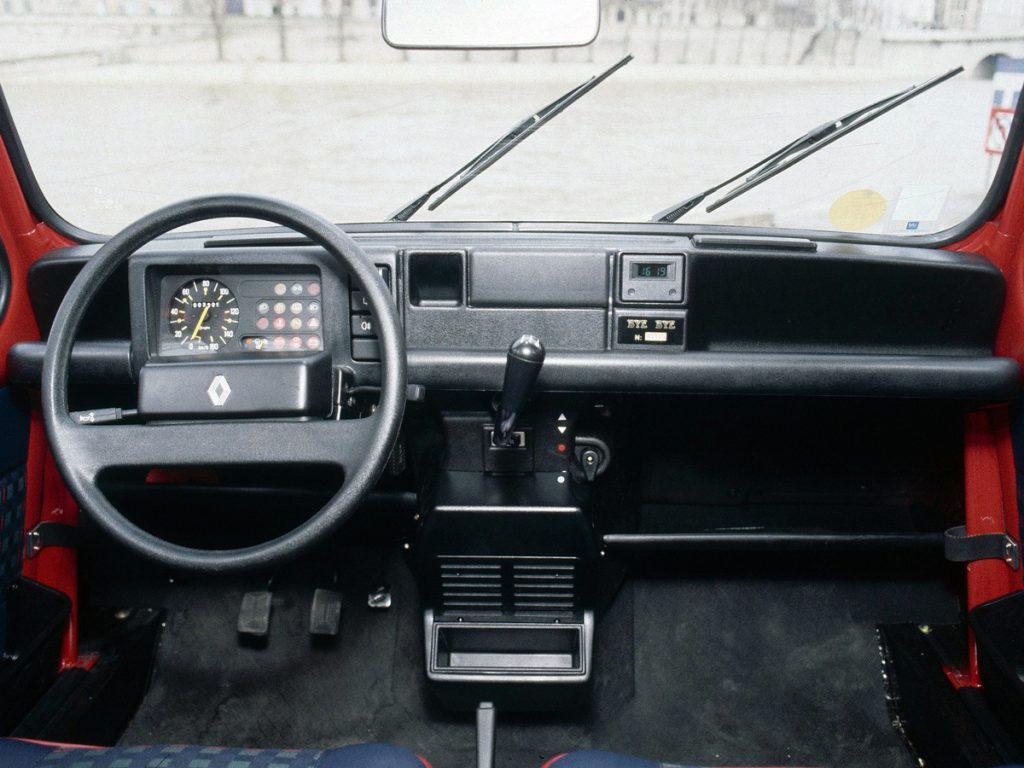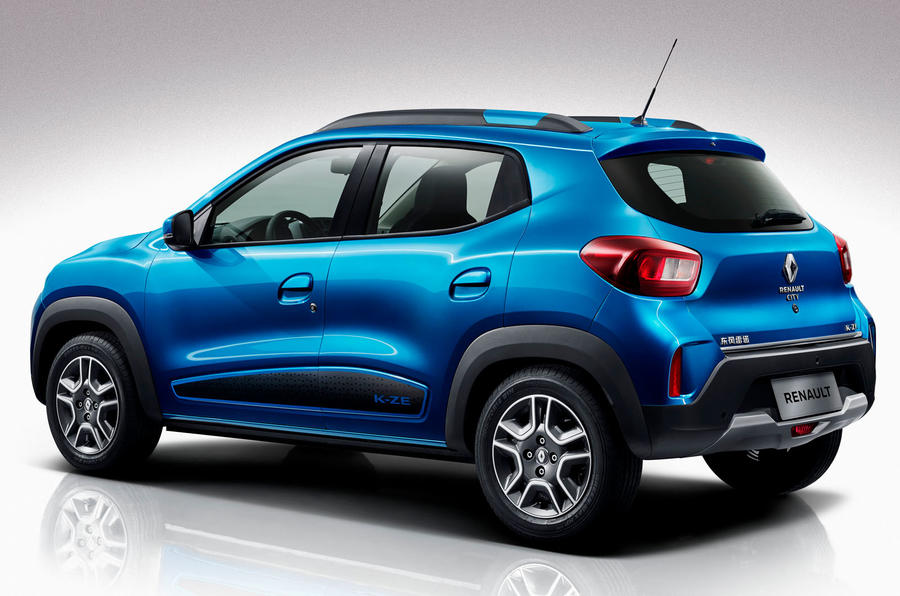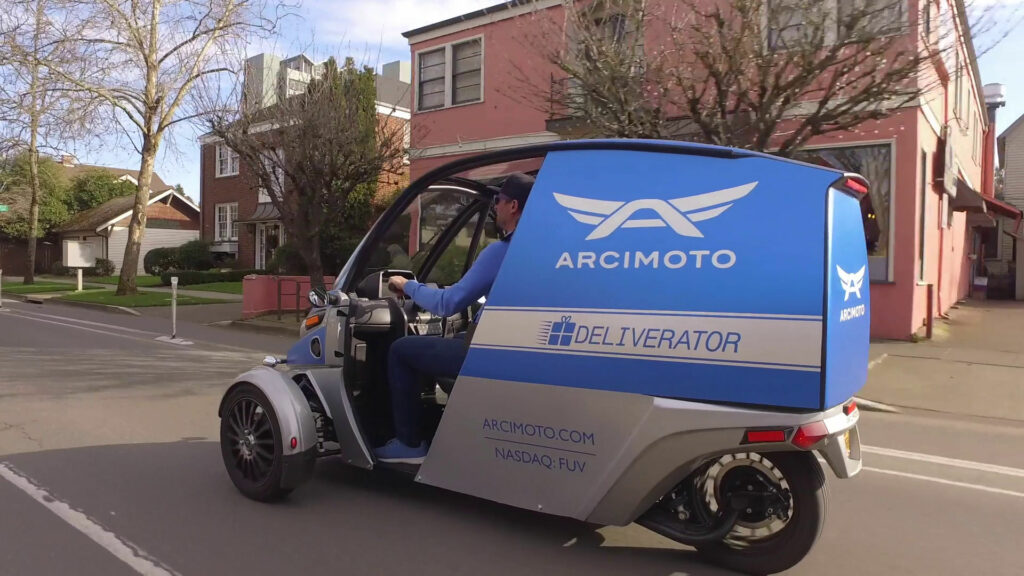
The Arcimoto Deliverator, is a last-mile battery electric delivery vehicle, made in Eugene, Oregon, USA. (Photo: Arcimoto)
Arcimoto describes itself as a manufacturer of ultra-efficient electric vehicles. These are (relatively) low cost and low environmental impact vehicles.
The Fun Utility Vehicle (FUV) is a three-wheeled, two-passenger tandem = seated one behind the other, vehicle. This vehicle uses a platform that forms the basis for other models. Specifications for the FUV are shown in the table below. All values are converted and approximate. American units are available from the Wikipedia article on Arcimoto, or the company website.
| Acceleration | 0-100 km/h in 7.5 s |
| Top Speed | 120 km/h |
| Turning Circle | 8 840 mm |
| Power | 57 kW |
| Range | 160 km city ca 100 km @ 90 km/h ca 50 @ 110 km/h |
| Overall Length | 2 870 mm |
| Overall Width | 1 549 mm |
| Max Height | 1 651 mm |
| Ground Clearance | 140 mm (unladen) |
| Wheelbase | 2 032 mm |
| Shipping Weight | 590 kg |
| GVWR | 816 kg |
Munro & Associates, is providing engineering advice to Arcimoto. Some of this work is related to product engineering, such as reducing vehicle weight to 500 kg. Others aspects relate to expanding production capacity and profitability. Arcimoto has two strategic directions: It can focus on expanding production to 50 000 units/year, or it can concentrate on higher profit margin products (Deliverator/ Rapid Responder) at its current 3 – 5 000 unit/year rate, or some combination of both. On 2021-01-06, Agreed to purchase a larger, 17 000 square meter manufacturing facility, a few blocks away from its previous/ current location in Eugene.
An aside: Sandy Munro (? – ) is a Canadian automotive engineer, who started his working life as a tool and die maker. He worked for Ford, starting in 1977, but left in 1988 to start his own consultancy. His work incorporates design for assembly (DFA)/ design for manufacturability (DFM) principles. His focus is on lean design, which is also the name of his website. His tear-down reports critically examine quality issues of specific vehicle models. They are most often used by assorted Asian start-ups. As the wise, old man of the automotive industry, he begins his YouTube videos with, “Hey, Boys and Girls …” Munro is also assisting Aptera with a relaunch of their vehicle, abandoned ca. 2009.
The FUV platform uses pouch cells from Farasis Energy, a Chinese battery manufacturer, providing a total of 19.2 kWh. While the battery is capable of accepting level 2 charging, Arcimoto plans on making fleet vehicles capable of handle higher charging rates.
Arcimoto is not developing in-house autonomous driving capabilities, but provide a foundation for third party hardware and software that will integrate into the vehicle platform. For example, steering is drive by wire allowing software to control wheel direction without additional hardware. Advanced driver-assistance system (ADAS) features will be gradually added up to level 5 (Eyes off) autonomous driving.
The Rapid Responder™ is an emergency response vehicle that retains the two passenger configuration, but has equipment found on emergency vehicles. It is inexpensive (US$ 25 000), easily manoeuvrable through traffic, and capable of reaching places inaccessible to large trucks.
The Deliverator® replaces the rear seat with a large cargo area accessible by a door on the starboard side (right side facing forward) for last-mile delivery. Because of its small footprint, it can park in places unavailable to larger vehicles.
In development is the Cameo™. The passenger seat and storage compartment is replaced with a rear-facing seat, for a camera person to film various activities. It is aimed at the “film and influencer industry”. Also in development is a flat-bed pickup variant, and the Roadster, “Anticipated to be released in the first half of 2021, the Roadster is designed to be the ultimate on-road fun machine. Built on our patented three-wheel all-electric platform, … [it] features an incredibly low and forward center of gravity, twin-motor front wheel drive, instant torque, and a fully-connected seating stance.”
On 2021-01-26, it was anounced that Arcimoto will be buying Tilting Motor Works’ assets for around US$10 million, along with Arcimoto shares. Arcimoto want to integrate these into future products. TRiO, which is the most popular three-wheel conversion kit for touring motorcycles, provides a comfortable and stable ride, but with the riding characteristics of a motorcycle. This means that the rider/ driver can drive/ pilot their vehicle as if it were a two-wheeled motorcycle, yet eliminate the need to put their feet down while at a stop, or riding in slow traffic.
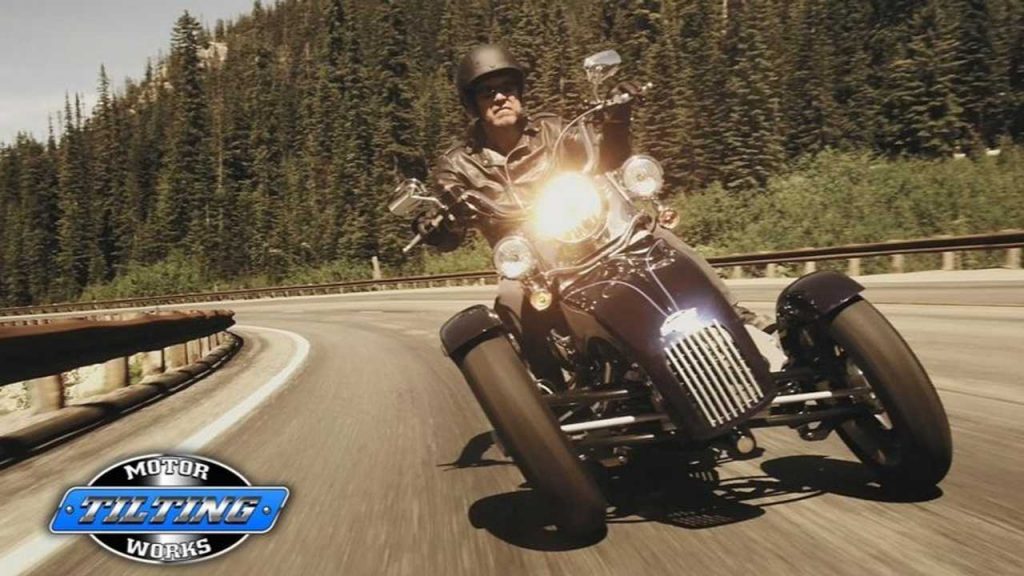
Upcoming electric vehicle posts
With so much time spent researching and writing about computing, there has been less time available to research and write about electric vehicles. Currently, five drafts of weblog posts are either scheduled or pending. These are:
Aptera will be the subject of the next weblog post on electric vehicles. It is a three-wheeled streamlined (enclosed) vehicle. Originally scheduled to be launched ca. 2010, this vehicle was a focus during my teaching career. The project was abandoned, but has since been revised.
Paxster has much in common with the Arcimoto Deliverator, but is a four-wheeled vehicle. It used for urban mail distribution by the Norwegian postal service, Posten.
Frikar is a pod bike, made in Sandnes, Norway.
Eav from Electric Assisted Vehicles Limited, of Bicester, England, is an eCargo bike with electric power assistance for last-mile transport solutions.
e-Cub is about Shanghai Custom’s electric conversion of the world’s most popular vehicle, the Honda (Super) Cub, with over 100 million units having been produced since 1958.
Mobilize is the name of Renault’s new mobility division. This division will offer car-sharing, energy and data-related services to help make transportation more sustainable. Their first prototype, the EZ-1, was presented 2021-01-15. A production model could be a replacement for the Renault Twizzy.
Additional electric vehicles will be discussed in Downsizing the Garage, scheduled for 2021-10-29, the fourth anniversary of Stuffing a 10-car garage, which appeared 2017-10-29.


